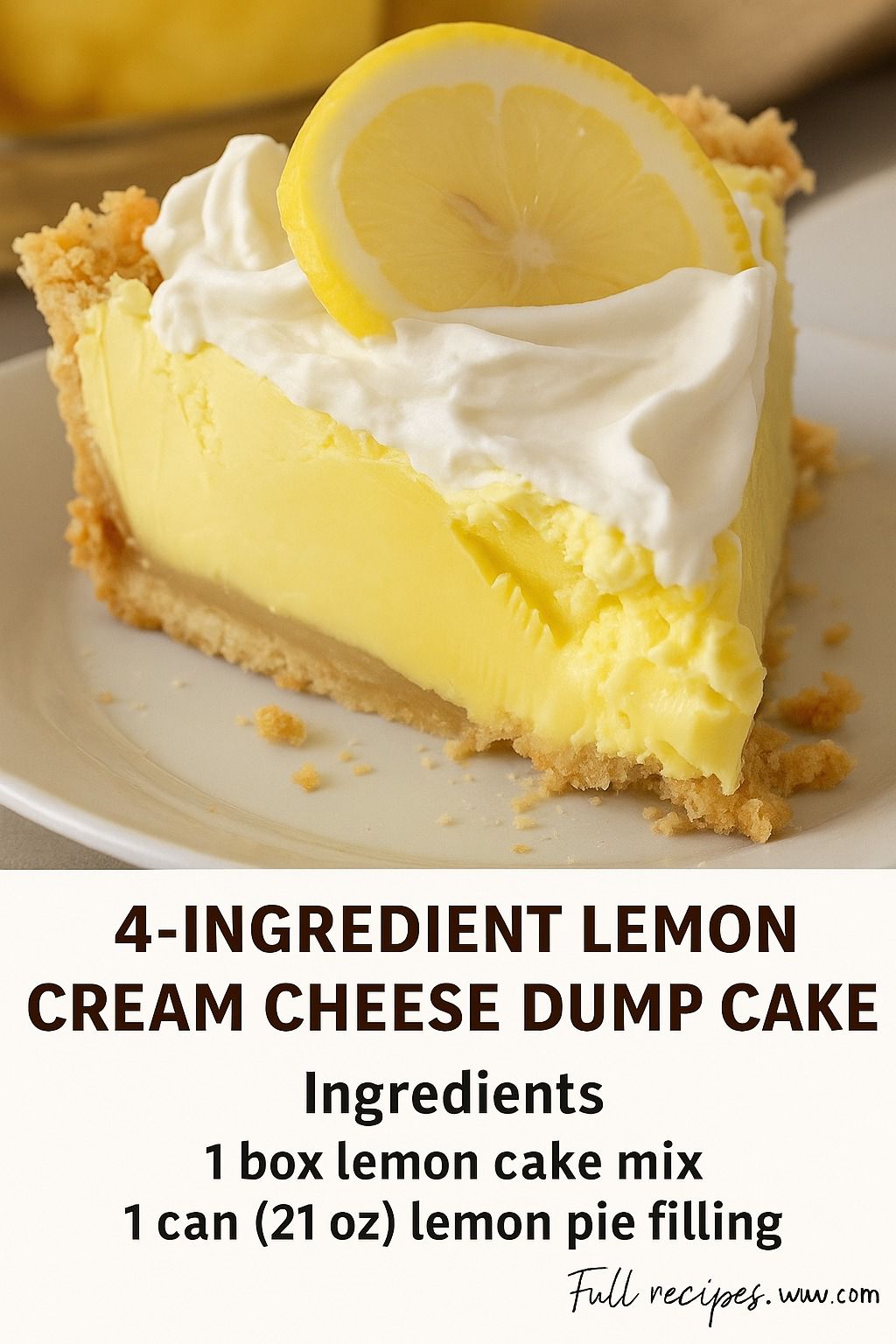cheese
A Deep Dive into the Delicious World of Cheese
” style=”max-width:100%; height:auto;” />
Cheese. The very word conjures up images of creamy Brie, sharp Cheddar, and bubbly Gruyère. But there’s so much more to this culinary delight than meets the eye (or, more accurately, the tongue!). From its ancient origins to the vast array of textures and flavors available today, cheese is a truly fascinating food. Let’s explore the wonderful world of cheese together!
Unveiling the Cheese-Making Process
” style=”max-width:100%; height:auto;” />
Ever wondered how that simple glass of milk transforms into a block of delicious cheese? It’s a fascinating process that relies on a few key ingredients and steps.
The Core Components
The basic ingredients for cheese are surprisingly simple:
* **Milk:** The foundation of all cheeses, milk provides the protein and fat that give cheese its structure and flavor. Cow’s milk is most common, but sheep, goat, and buffalo milk are also popular choices, each offering unique characteristics.
* **Rennet:** An enzyme that coagulates the milk, separating it into curds and whey. Traditionally, rennet comes from animal sources, but vegetarian options derived from plants or microbes are also widely available.
* **Cultures:** Bacteria or molds added to the milk to acidify it and contribute to the cheese’s flavor and texture. Different cultures result in vastly different cheese styles.
* **Salt:** Not just for taste! Salt helps control moisture, inhibit unwanted bacteria, and further develop the cheese’s flavor.
Step-by-Step Cheese Creation
The general process, while varied depending on the cheese type, generally follows these steps:
1. **Acidification:** The milk is soured by adding cultures, increasing its acidity.
2. **Coagulation:** Rennet is added to coagulate the milk into a solid mass (curds).
3. **Cutting the Curd:** The curd is cut into smaller pieces to release whey. The size of the cut affects the cheese’s moisture content and texture.
4. **Heating the Curd:** The curd is heated to further expel whey and develop flavor.
5. **Draining the Whey:** The whey is drained off, leaving the curds behind.
6. **Salting:** Salt is added to the curds.
7. **Shaping & Pressing:** The curds are shaped and often pressed to remove more whey.
8. **Aging/Ripening:** This is where the magic truly happens! The cheese is aged under controlled conditions, allowing enzymes and microorganisms to further break down proteins and fats, developing complex flavors and textures.
Exploring the Different Types of Cheese
” style=”max-width:100%; height:auto;” />
The world of cheese is vast and varied! From soft and creamy to hard and crumbly, there’s a cheese out there for every palate. Here’s a brief overview of some major cheese categories:
Fresh Cheeses
” style=”max-width:100%; height:auto;” />
These cheeses are not aged and have a high moisture content. Examples include:
* **Ricotta:** A whey cheese with a mild, slightly sweet flavor.
* **Feta:** A brined cheese with a salty, tangy taste. (Internal link to a hypothetical article about Greek cuisine)
* **Goat Cheese (Chèvre):** Creamy and tangy, with a distinctive goaty flavor.
* **Mozzarella:** A mild, milky cheese used extensively in Italian cuisine.
Soft-Ripened Cheeses
” style=”max-width:100%; height:auto;” />
These cheeses are ripened from the outside in, developing a creamy interior and a bloomy rind. Examples include:
* **Brie:** A buttery, decadent cheese with a mild, earthy flavor.
* **Camembert:** Similar to Brie but with a stronger, more mushroomy flavor.
Semi-Hard Cheeses
” style=”max-width:100%; height:auto;” />
These cheeses have a firmer texture than soft cheeses and are typically aged for a few weeks to a few months. Examples include:
* **Gouda:** A mild, nutty cheese with a smooth texture.
* **Havarti:** A creamy, buttery cheese with a slightly sweet flavor.
Hard Cheeses
” style=”max-width:100%; height:auto;” />
These cheeses are aged for longer periods, resulting in a firm, dry texture and a complex flavor. Examples include:
* **Cheddar:** A versatile cheese ranging in flavor from mild to sharp, depending on age.
* **Parmesan:** A hard, granular cheese with a nutty, savory flavor. (External link to Parmigiano Reggiano Consortium website)
* **Gruyère:** A nutty, slightly sweet cheese with excellent melting properties.
Blue Cheeses
” style=”max-width:100%; height:auto;” />
These cheeses are characterized by their blue or green veins of mold, which contribute to their pungent and often salty flavor. Examples include:
* **Roquefort:** A sheep’s milk blue cheese from France.
* **Gorgonzola:** A cow’s milk blue cheese from Italy.
* **Stilton:** An English blue cheese with a rich, creamy texture.
Serving and Storing Cheese Like a Pro
” style=”max-width:100%; height:auto;” />
Enjoying cheese is an art form! Here are some tips for serving and storing cheese to maximize its flavor and enjoyment:
* **Serve at Room Temperature:** Remove cheese from the refrigerator at least 30 minutes before serving to allow its flavors to fully develop.
* **Use Appropriate Knives:** Different cheeses require different knives. A wire cutter is ideal for soft cheeses, while a cheese plane works well for semi-hard and hard cheeses.
* **Pair with Accompaniments:** Cheese pairs beautifully with a variety of accompaniments, such as fruits, nuts, crackers, and wine.
* **Store Properly:** Wrap cheese tightly in parchment paper or cheese paper and store in the refrigerator’s cheese drawer. Avoid plastic wrap, which can trap moisture and lead to mold growth.
In Conclusion: The Enduring Appeal of Cheese
” style=”max-width:100%; height:auto;” />
From its humble beginnings to its current status as a culinary staple, cheese has captivated palates for centuries. With its incredible diversity of flavors, textures, and aromas, there’s a cheese out there for everyone to enjoy. So go ahead, explore the world of cheese, experiment with different pairings, and discover your new favorite! Who knows what cheesy adventure awaits? Maybe try making your own at home!














Post Comment